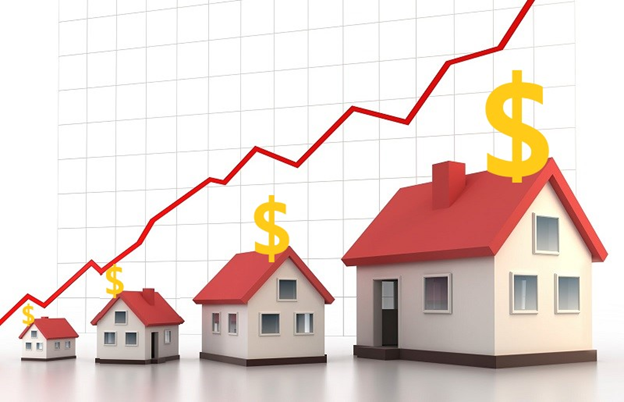
How economy works
The economy is a complex system that encompasses the production, distribution, and consumption of goods and services. At its core, the economy works through the interaction of various factors, including supply and demand, production, consumption, investment, and government policies. Here’s a simplified explanation of how the economy generally operates:
- Supply and Demand: The economy relies on the forces of supply and demand to determine prices and allocate resources. Supply refers to the quantity of goods and services that producers are willing to offer, while demand represents the quantity that consumers are willing to purchase at various prices. The interaction between supply and demand helps establish equilibrium prices and quantities in different markets.
- Production: Producers, ranging from individuals to businesses, engage in the production of goods and services. This involves the utilization of resources such as labor, capital, and natural resources to create products that satisfy consumer demands. Production methods and technologies influence efficiency, productivity, and overall economic output.
- Consumption: Consumers, individuals, and households drive the demand side of the economy through their consumption of goods and services. Their purchasing decisions influence the demand for different products, ultimately shaping production levels and influencing economic growth and employment.
- Investment: Investment refers to the expenditure on capital goods, infrastructure, and other productive assets. Investments are made by individuals, businesses, and governments with the aim of enhancing productivity, expanding production capabilities, and driving long-term economic growth.
- Government Policies: Governments play a crucial role in shaping the economy through monetary and fiscal policies. Monetary policies, managed by central banks, involve actions such as adjusting interest rates or controlling money supply to influence borrowing costs, inflation, and the overall level of economic activity. Fiscal policies, determined by the government, involve decisions on taxing and spending to manage the economy, address economic imbalances, and promote stability and growth.
- Economic Indicators: Various economic indicators, such as GDP (Gross Domestic Product), inflation rates, unemployment rates, and investment levels, help measure and track the performance of the economy. These indicators provide insights into the overall health and direction of the economy and guide policy decisions.
It’s important to note that this is a simplified overview of how the economy generally operates, and there are many more intricate mechanisms and factors involved. Economies can differ in structure, size, and the influence of specific factors such as government control, trade policies, and external factors. Economics is a complex and evolving field, and its understanding requires in-depth study and analysis.
Major (R) Usman Saeed Kiyani
Director Cord Planing and Development
NaamiGraami
